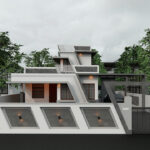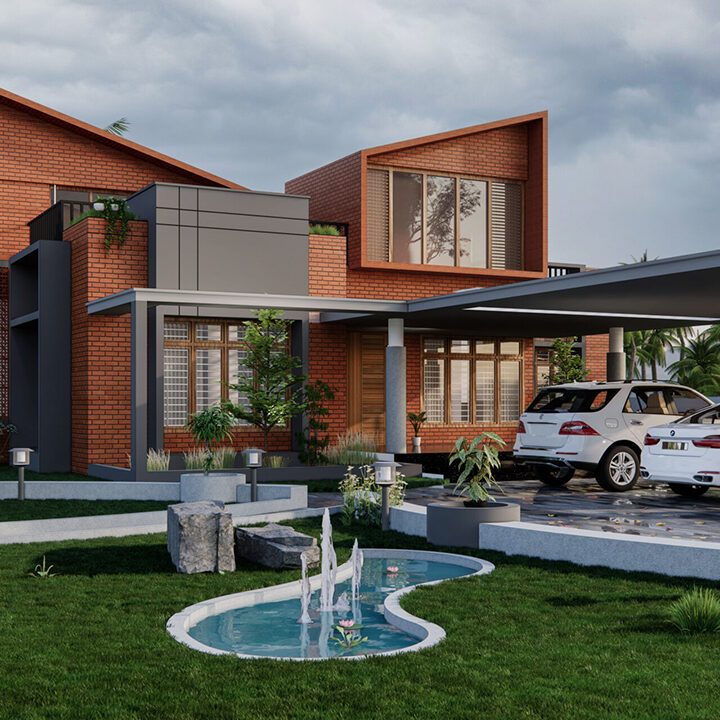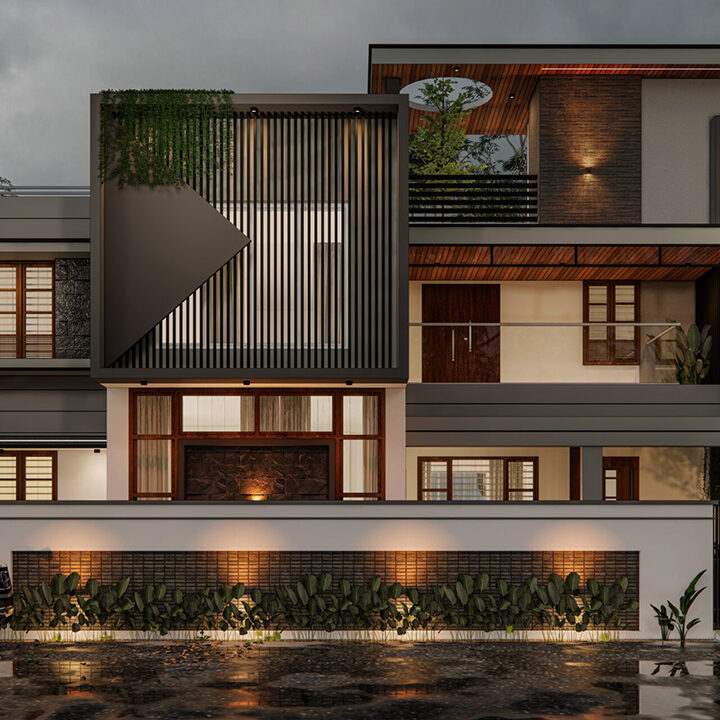Shapes Define Structures
- Home
- portfolio
- Architecture
- Shapes Define Structures
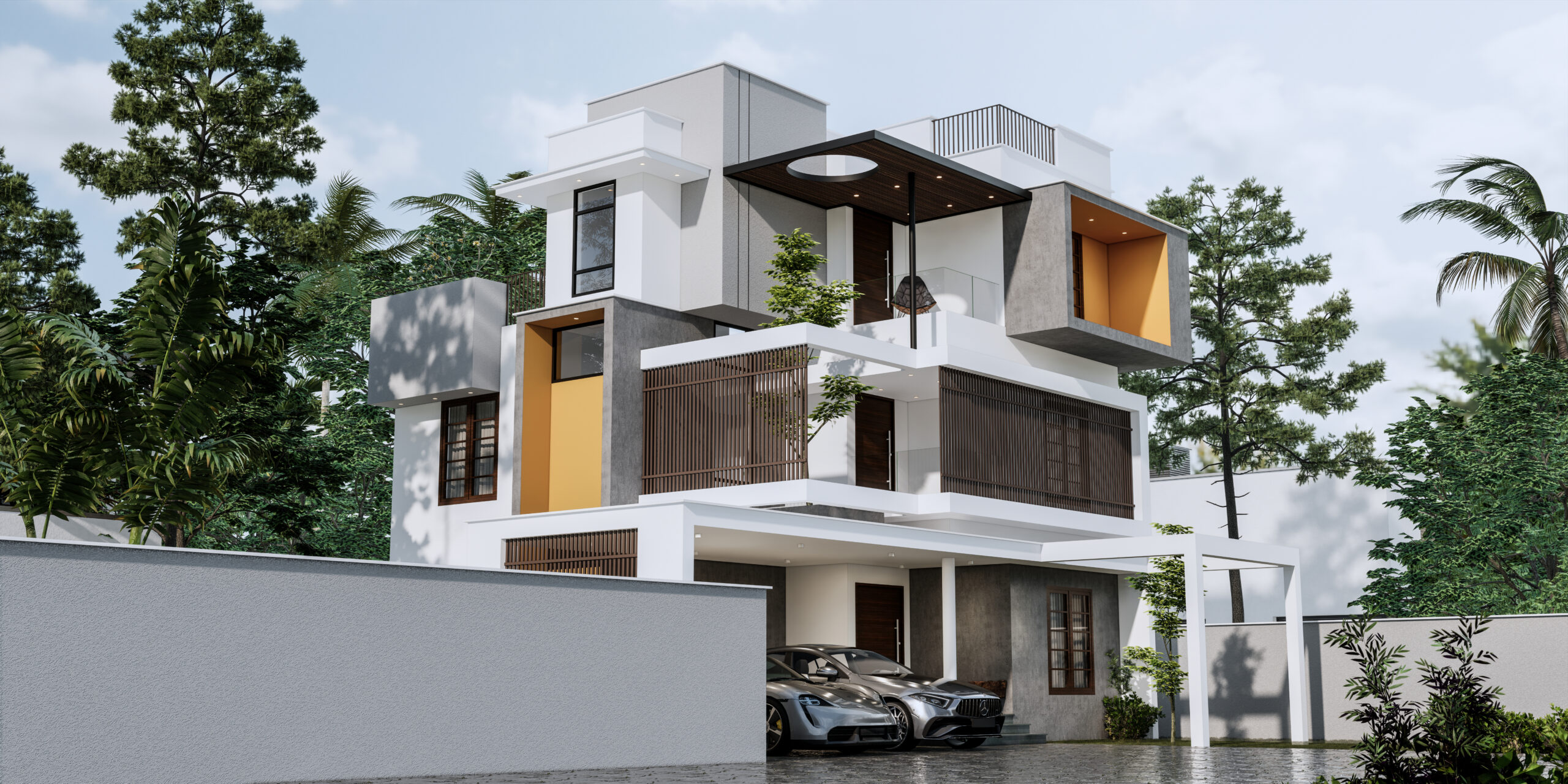

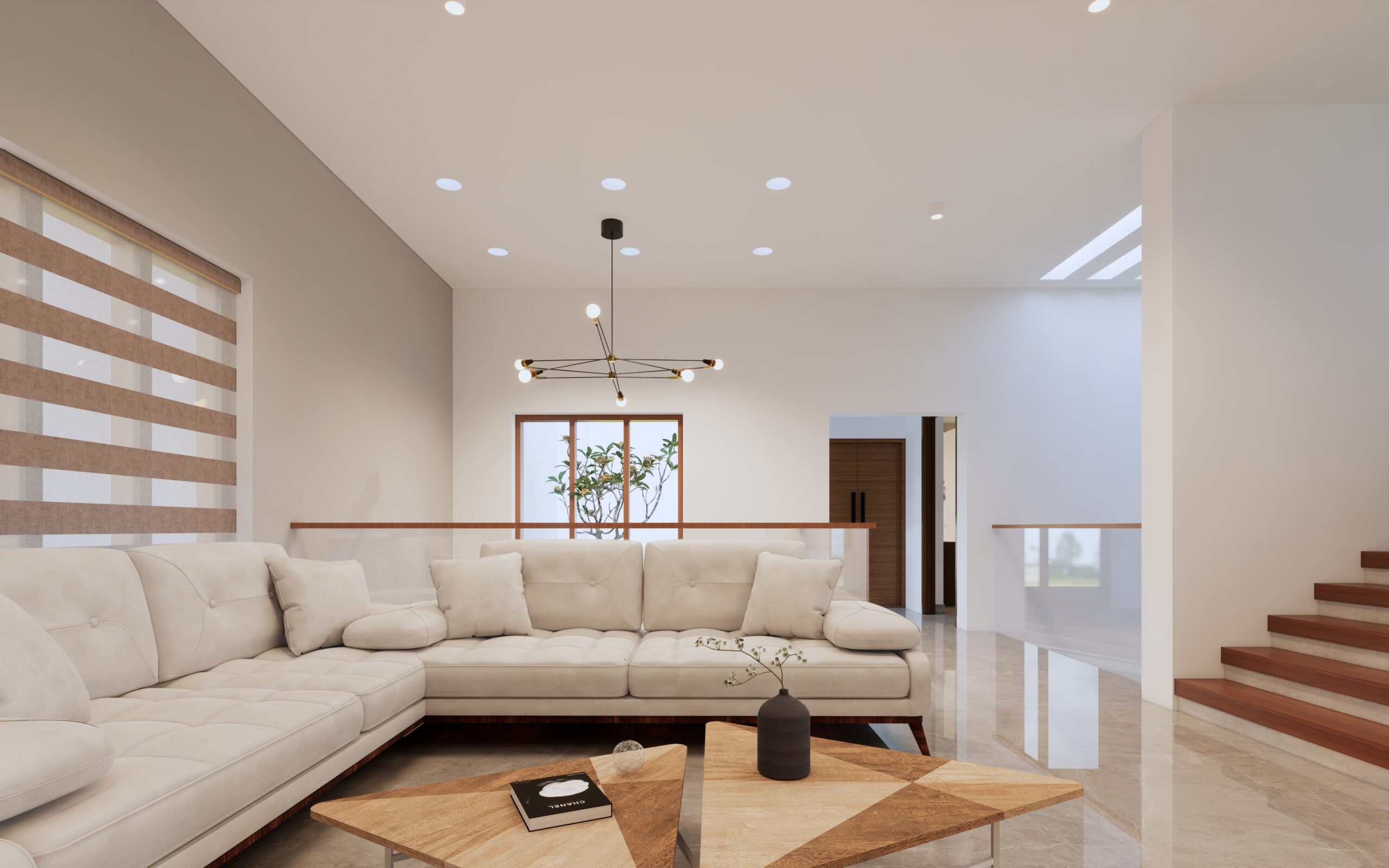
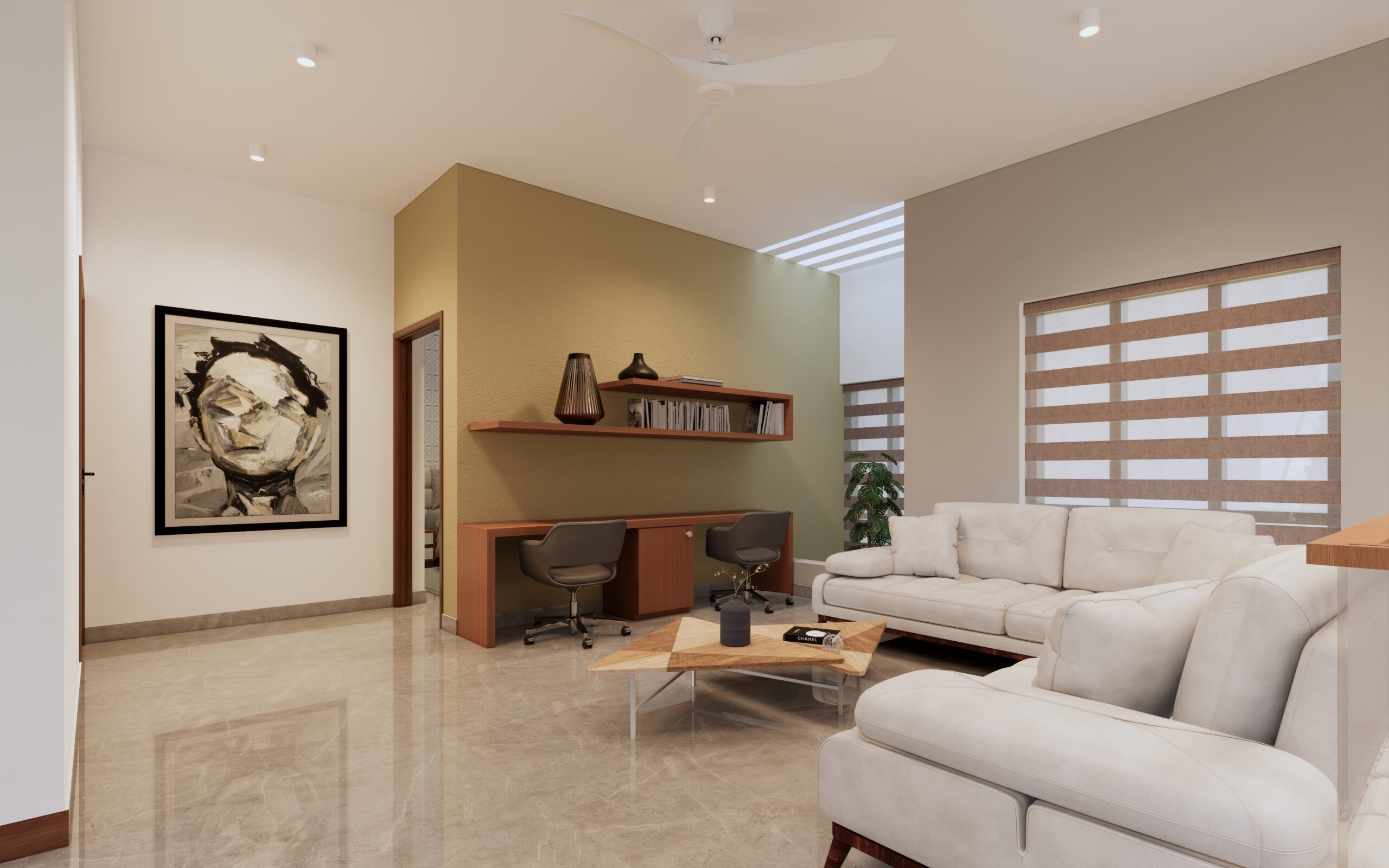
architect:
client:
Terms:
project type:
Strategy:
date:
Geometric architecture designs represent a fascinating intersection of art, mathematics, and engineering. Embracing geometric principles, architects create structures defined by clean lines, precise angles, and geometric shapes. These designs often showcase the beauty of simplicity while simultaneously pushing the boundaries of complexity. Architectural Shapes define structures, influencing both their design and functionality. From towering skyscrapers to intimate residential spaces, geometric architecture captivates with its visual allure and mathematical precision.
Geometric architecture is characterized by its use of fundamental shapes, including squares, triangles, circles, and polygons, to explore form. These basic components are used by architects to create structures that have a sense of harmony and order. Every element of the design, from the use of geometric volumes to define internal spaces to the recurrence of geometric patterns on facades, is skillfully coordinated to provide a unified and visually arresting outcome. By turning abstract mathematical ideas into concrete manifestations of beauty, geometric architecture honors the innate elegance of geometry. Architectural Shapes define structures, shaping both their visual appeal and functionality
Design in Details
Geometric architecture additionally challenges preconceived ideas of symmetry and balance by embracing complexity and asymmetry. Using non-Euclidean geometries, fractal geometries, and irregular shapes, architects attempt to construct structures that challenge conventional architectural conventions. Inviting spectators to reflect on the complex interplay between form and function, these designs do more than just catch the eye. By challenging the status quo and encouraging architects to think outside the box, geometric architecture enables them to rethink the built world.

